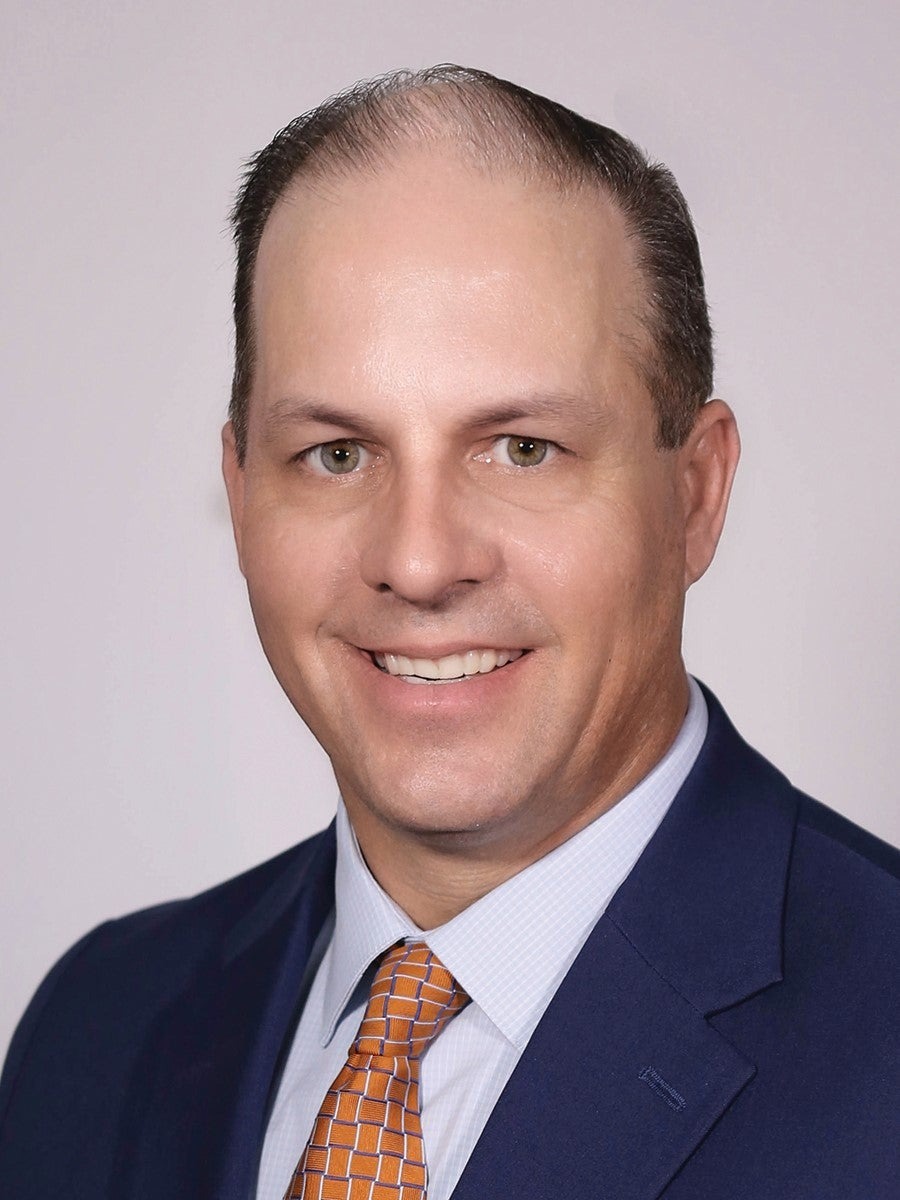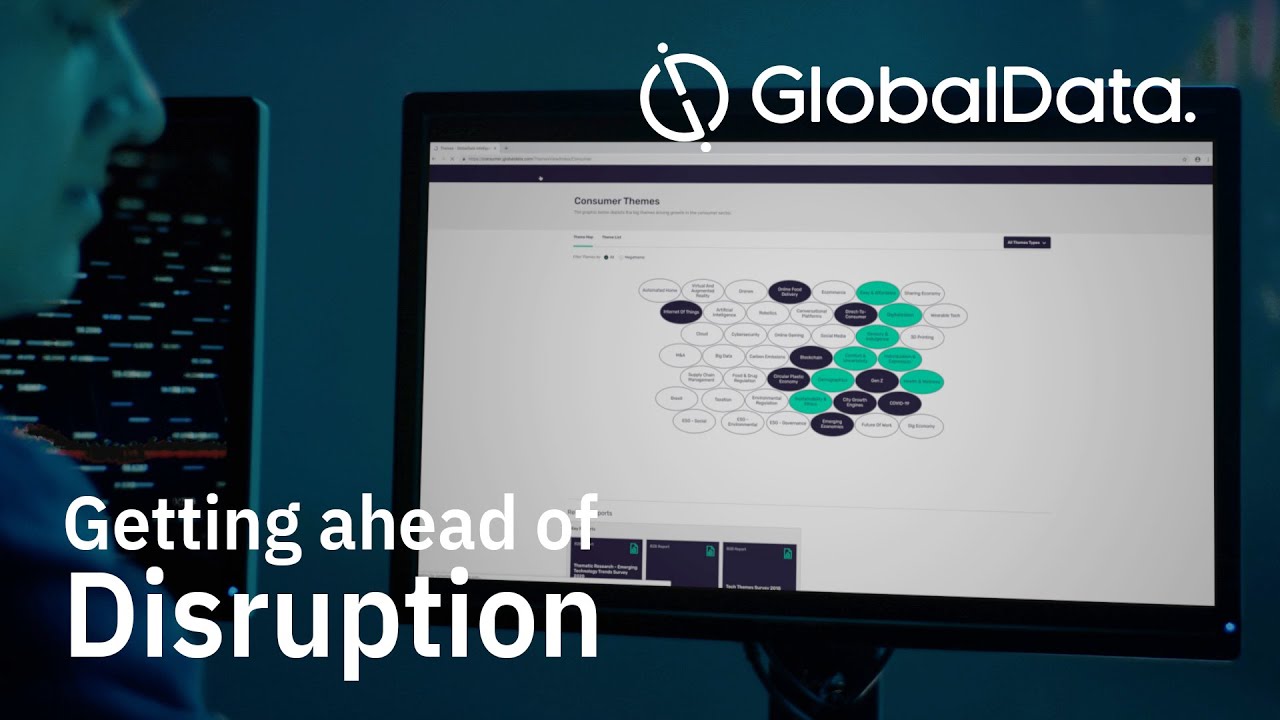Interview
Family offices branching out to become ideal source for early MedTech funding
Securing early funding for medical device development is hard as only a few sources of dedicated organised capital are available in the space. By Phalguni Deswal.

The great development that I’ve seen recently is family office is starting to focus on early-stage medical devices, says Michael Harrington, partner at Duane Morris LLP. Credit: Olga S L / Shutterstock
After the Covid-19 financing bubble burst in 2021, it has been hard to raise funds in the medical device space. Last year saw a further decline in funding, the total value of the VC financing deals, particularly those that were completed in 2023, was less than a third of the previous year.
At its peak in 2021, the total value of VC financing deals in the medical device sector was $49.3bn. This declined to $30.5bn in 2022 and to just $21bn in 2023. The decline was attributed to an overall market stain due to high interest rates, inflation, and the continued Russia-Ukraine war. This strain in available capital has also trickled down to early stage financing.
In an exclusive interview with Medical Device Network, Michael Harrington, partner at Duane Morris LLP, talks about the challenges faced by medical device companies in securing early-stage funding. He also details the promising organised sources of capital available for early-stage financing in the medical device space.
Phalguni Deswal: What is the current financial climate for securing financing for early medical device development?
Michael Harrington: It’s much tougher to get early-stage funding for medical device companies for a variety of reasons. First, there is much less funding overall and early-stage financing has much less capital available. This is compounded by the fact that there are very few sources of dedicated organised capital, such as venture capital, private equity, and family offices, that are available for investment in the early stages.
In the early stages, where the medical device company is either conceptualising or developing its product, funding is largely secured through individuals, grant funding, Angel groups, different economic initiatives, or a mix of these. All of these are fewer in number and are tougher to come by. Most of the organised investors are not represented in the early medtech funding space.

Michael Harrington, partner at Duane Morris LLP. He represents early- and growth-stage companies in the technology, life sciences, healthcare, and clean tech sectors.

Michael Harrington, partner at Duane Morris LLP. He represents early- and growth-stage companies in the technology, life sciences, healthcare, and clean tech sectors.
The physician can look at the reports through our web application, and then those reports can be shared with a patient
Future Fertility CEO Christy Prada
I have a joke with my clients on this subject: “It’s easier to raise $15m than it is to raise $500,000”. This is mainly due to access to that capital in early stage. Late-stage venture capital funds are well defined and easy to find whilst early organised sources of investment are far fewer in number.
This idea of having difficulty getting early-stage capital is particularly apparent with medical device companies. And whether it’s a de novo device or a 510(k) equivalence, it’s still a process. You can’t be a profitable company until you get regulatory approvals. It can be tougher to get early capital because you have a longer path to profitability on the market. Thereby, making early-stage medical device funding a high-risk market.
Phalguni Deswal: What advantages do organised early investors like venture studios and family offices offer?
Michael Harrington: A family office is a type of private equity where wealthy family/high net worth families aggregate a portion of their capital and hire professional management. So, it’s very much like a venture capital or private equity firm, where you have dedicated capital and professionals who are managing and deploying that capital. The great development that I have seen recently in family offices is that they are starting to focus on early-stage medical devices.
One of the reasons family offices are different and better than other private equities is because they don’t have a fund life, and they don’t have limited partners that have invested in a 10-year horizon. A typical venture firm is a 10-year fund where the first three to five years are deploying the capital raised. The next three to five years are follow-ons and kind of mining the investments, and then the final two to three years are exiting and pushing those companies out to private equity or strategic. This 10-year timeline makes it difficult for venture funds to invest in early-stage medical devices, as the devices have a five to 10-year regulatory pathway before they can even get to market and attract that kind of capital.
Family offices are not burdened with a 10-year fund life and have no limited partners, to whom they have a fiduciary obligation and are being pressured to return investment capital. So, these can be a different investor. I am starting to see some good signs that that might be a good alternative and a positive development for early-stage medical device.
A venture studio is usually formed around an innovation centre and acts as an incubator for companies. Academic or medical research centres usually create these studios where they then license in or assign the technologies being developed at that innovation centre, and a professional management team then manages the further research and development of those technologies. When they’re ready, they spin them out into new companies. The process is intended to bypass the need for seed and pre-seed funding.
A drawback for venture studios is that they rarely allow third party technologies to enrol. These are almost exclusively set up for technologies developed by the sponsor academic or medical research centres.
Phalguni Deswal: Is there an inherent risk in approaching venture financing firms to secure early-stage funding?
Michael Harrington: It is really important for early-stage entrepreneurs to not approach venture too early. These early medical device companies may mistakenly think if they can get access to these venture funds, they can impress them, and they will be the opportunity that they make an exception for. But these are disciplined and seasoned investors. What will likely happen if you approach VCs is that they will happily meet you, and then they are going are going to track your milestones and measure you by whether or not you successfully achieve these.
And what happens frequently with an early-stage medical device company is, it’s too much of an exercise in predicting what the timing really will be and what the milestones will be. So, they can possibly change significantly, or a company pivots, especially in the case of a platform technology. For example, you might have a platform technology where you are going after orthopaedics, but now you’ve changed to focus on neurology, or it’s some other discipline. So, now when you revisit them, with changed plans or milestones, you are actually doing yourself a disservice, because they are going to be sceptical and have questions about the milestone and indication changes.
I advise my young companies about the discipline around focusing on capital sources that are appropriate for them. Stay away from the others, and particularly venture capital, because they will always be there, they are easy to find, and you know what their criteria are. You know when they want to see you because they publish all of this and they are very obvious about what their criteria are. It is almost against an entrepreneur’s nature to not want to do that, but you have to slow them down and say, focus here.
Phalguni Deswal: Why is having a sound financing plan important to secure funding?
Michael Harrington: A financing plan is understanding where your break-even is – what that number is, and when you can achieve that. So those two components of how much money do I need to spend before I am making enough revenue from my product to cover my expenses, and what is the timeline for that?
These two data points are the foundation for your financing plan, because what the company needs to focus on is raising the delta, in other words, the gap, the shortfall of that break even. If that’s a million dollars or it’s $50m – that’s the amount the company needs to raise and have sources of capital available to cover.
The other key component of the financing plans is when are those expenses going to be incurred. Because that then drives the timing of your financing plan. Generally the expenses start at $100,000 to $1.5m during product development, and then start to escalate significantly as you move into comercialisation stage.
The US Biosecure Act is not expected to have any effect on early medical device funding. The Act prohibits US federal funding to companies that engage certain China-based “biotechnology companies of concern.” Generally, early stage medical device companies are not at the point where they are engaging with foreign companies for manufacturing or other needs. That comes later in their life cycle. If it has any effect, it may raise the cost of manufacturing for these companies since it will have the effect of limiting alternatives. I don’t expect it to change much in terms of behaviour, except potentially making it more expensive for these companies to manufacture.
RPM for cancer patients
The National Cancer Institute (NCI) forecasts that over two million new cancer cases will diagnosed in the US in 2024.
With a large variety of types of cancer and even a larger variety of the types of therapy, cancer care is particularly complicated, with a complex ecosystem of providers, patient symptoms, and myriad moving parts that can affect patients.
“It's therefore imperative for physicians to have as much access to patients as possible,” says Veris Health chief operating officer Brian deGuzman.
Veris has created a cancer care platform in the form of a smartphone app that enables patients to have continuous access to their care teams, thereby allowing healthcare providers to fill in a lot of the gaps that cancer patients used to have.
According to deGuzman, studies have shown that RPM and patient-reported outcomes improve cancer care.
“In particular, the process improves medium and long term-survival rates, reduces hospital admissions, and improves patient treatment by staying on treatment longer and engaging them more tightly with their providers,” says deGuzman.
The Veris platform allows for symptom reporting so healthcare teams can monitor patients’ vital signs, and there is a family application that allows for patients to invite family and close friends or caregivers to participate in their care and monitor them.
“There's also a clinician portal, which allows clinicians to have continuous access to patients’ vital signs and symptom reporting anytime they want and anytime the patients report them,” says deGuzman.
“It allows us to have this virtual care provision that improves the connectivity between patients and the providers and fills a lot of the gaps during times they weren't being seen by their healthcare provider in between visits for chemotherapy and otherwise,” he explains.
Having these provisions available in an app means that cancer patients have a more continuous care component to make them feel less alone during their experience of the disease.
“If we have the ability to monitor patients’ vitals like heart rate, blood pressure, and oxygen saturation, it gives clinicians a much broader and longitudinal view of the patients and where they're at just by their vital sign monitoring on a daily or twice daily basis, rather than once every one or two weeks when they come in for their therapy,” says deGuzman.
Taking the example of patients being to report their temperature in Veris’s app, deGuzman notes that one of the most common complications cancer patients undergoing chemotherapy can experience is neutropenic fever, a situation in which chemotherapeutic agents drive down their white blood cell count, resulting in an immunocompromised state.
“These patients are at high risk for developing infections, which oftentimes can result in fever,” says deGuzman.
“It's therefore important for physicians to see those trends in patients’ temperature so they can have a much earlier signal that a patient may be in trouble than if they wait for the fever to develop to such a point where they start to get symptoms. By that time, the infection has taken hold, meaning that patients are more difficult to treat and that outcomes are much worse.”
Total annual production
Caption. Credit:
In the form of apps, RPM can encompass a broad range of support. In this format, RPM facilitates interventional approaches and continued communication between patient and practitioner, presenting the opportunity for patients to engage with their healthcare conditions and to manage them, both on a psychological and physiological level, more effectively.
Chinese dominance and Western complacence
For three decades, the Chinese Government has had a strategic vision for the REEs industry and it now dominates the global supply chain. In 2021, Chinese mines produced 168,000t of rare earths, almost 60% of total global mining output, according to the US Geological Survey. In 2020, the country also produced 85% of the world’s rare earth refined products, according to Roskill.
About 70% of global production is consumed within the Chinese domestic market. Chinese production at both the mining and refined stages is controlled by quotas assigned to six state-owned enterprises, which are highly integrated throughout the REEs supply chain.
Total magnet rare earth oxide demand is forecast to jump at a compound annual growth rate (CAGR) of 9.7% between 2021 and 2030, while REE prices are projected to surge at a CAGR of between 5.6% and 9.9% over the same period, according to Adamas Intelligence, a research and advisory firm.
The Western world does not have an integrated REEs supply chain in the same way that China does because it simply did not consider it important until the post-Covid era. However, the pandemic showed the significance of more localised supply chains. Temporary trade restrictions and shortages of pharmaceuticals, critical medical supplies and other products highlighted the weakness of complicated, globalised supply chains. The Western world has become too complacent in allowing rare earth production to be outsourced to China.
